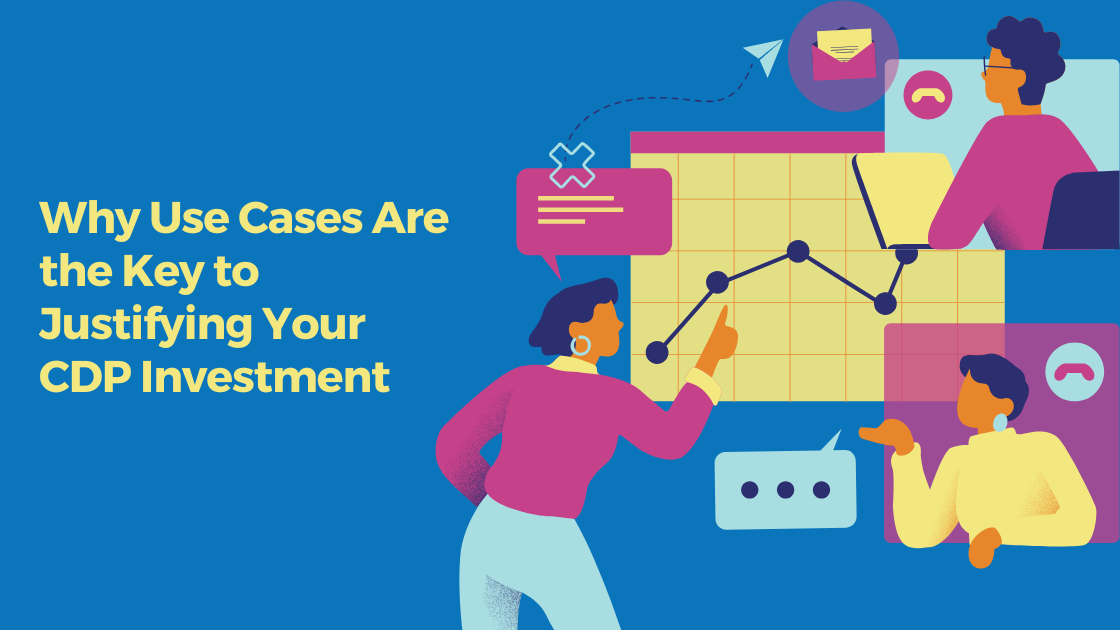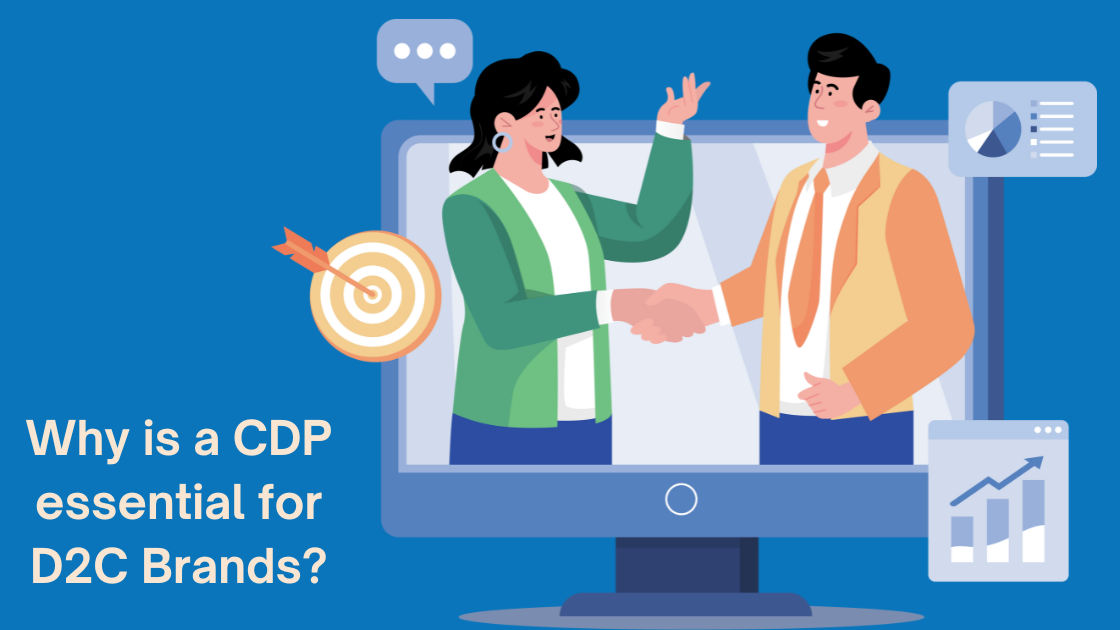-
MarTech Services
- HubSpot
- OneSignal
HubSpot
Technical Consulting
Partner with experts who understand your HubSpot systems and business needs inside out.
Revenue Operations
Drive revenue growth with tailored RevOps strategies designed for HubSpot users.
Hubspot Integration Services
Seamlessly integrate HubSpot with your existing tools to enhance operational efficiency.
Sales Enablement
Boost your sales team’s efficiency with focused HubSpot Sales Enablement solutions.
CRM Data Migration
Effortlessly migrate your CRM data to HubSpot with precision and support.
Hubspot Onboarding
Efficiently onboard clients to HubSpot, ensuring a smooth transition and rapid platform adoption.
HubSpot Administration
Maximize your HubSpot investment with expert management and optimisation tailored for HubSpot clients.
Marketing Assets Development
Develop, deploy, and manage digital assets, ensuring a fresh and engaging presence.
-
Solutions
-
Website Services
Website Development
We bring together expertise, creativity, and measurable results, making us the go-to choice for HubSpot website creation.
Website Migration
Our approach to website migration goes beyond a technical transfer; we prioritize a user-centric experience.
Website Maintenance
Optimize your online presence with effective, growth-driven websites focusing on nurturing website visitors, creating and deploying content, and tracking progress with precision.
Website Audit
Is your website performing at its peak? Our CMS Consultants are here to help you find out with our comprehensive Website Audit service.
-
Resources
-
Company
Clients
We have worked with clients from various industries across the globe, making our journey diverse and exciting.
Team
We put decades of experience where our mouth is. So what you get is market-tested and tried, not theory. We believe in plain speak, which we believe works better than jargon.
Solutions Partner
BlueOshan is not just a partner; we are among the most experienced and adept in the HubSpot ecosystem.
- Contact Us
Why Use Cases Are the Key to Justifying Your CDP Investment
Mahesh Ranganathan
January 20, 2025

We’ve discovered a fundamental truth: the success of a CDP project hinges not only on the technology itself but also on how well you define and articulate its use cases.
Too often, businesses rush into CDP adoption driven by a single department/brand/vertical’s needs, only to struggle with limited adoption and unrealised organisational potential.
The Hidden Complexity of Use Cases:
Successful deployments require a nuanced understanding of three distinct types of use cases.
- Activation Use Case
- Foundational Use Case
- Advanced Use Case
Activation Use Cases:
The first category comprises activation use cases - these are the ones that directly touch customers and generate measurable ROI. Think real-time personalisation or omnichannel campaign orchestration. While these often drive initial CDP adoption, they’re just the beginning of what’s possible.
Foundational Use Cases:
Foundational use cases are essential but often overlooked data processes that make everything else possible with a CDP. While your organisation might not need these capabilities immediately, understanding them is crucial for future-proofing your investment.
We’ve seen many companies outgrow their initial CDP choice because they didn’t consider these advanced scenarios during selection.
Why Traditional Business Cases Fall Short
We’ve repeatedly observed a pattern: when a single department drives CDP adoption, it naturally focuses on its immediate needs. While this might seem efficient, it creates significant blind spots.
Consider a recent example from our experience: a retail client’s marketing team championed a CDP primarily for email personalisation. Six months after implementation, they realised their customer service team needed access to the same unified customer profiles - but the selected CDP lacked the necessary capabilities for service applications.
The key learning we have gathered is that a CDP is an enterprise-wide platform that should serve multiple stakeholders. This broader perspective fundamentally changes how we should approach building the business case.
Building a Comprehensive Use Case
Our systematic approach to building a practical business case. This methodology has consistently delivered success across industries, from retail to B2B software companies:
Phase 1: Discovery Workshops
We begin with structured discovery sessions that bring together key stakeholders from across the organisation.
- Marketing Teams: Focus on campaign effectiveness and personalisation needs.
- Customer Service: Explore opportunities for improved customer interaction.
- Data/Analytics Team: Address data integration and governance requirements.
- IT/ Security: Evaluate technical requirements and compliance needs
- Sales/ Revenue Teams: Identify opportunities for improved lead scoring and conversion.
During these workshops, we use interactive exercises to help teams envision how a CDP could transform their daily operations.
For example, we often run a “Day in the Life” simulation where teams map out their current workflows and identify friction points that a CDP could address.
Phase 2: Use Case Development
Next, we guide teams through our proven use case development framework:
Current State Analysis- Document existing data silos and their business impact
- Map current customer journeys and pain points
Future State Vision
- Define ideal customer experiences
- Identify automation opportunities
- Outline cross-functional data-sharing needs
- Calculate potential ROI for each Use case
- Estimate resource requirements
- Evaluate technical feasibility
Phase 3: Strategic Prioritisation
We then help organisations prioritise use cases using our impact-effort matrix:
- Quick Wins: High impact, low effort (e.g., unified customer profiles for service teams)
- Strategic Projects: High impact, high effort (e.g., real-time personalisation across channels)
- Incremental improvements: Low impact, low effort (e.g., automated reporting)
- Future Considerations: Low impact, high effort (kept it backlog for future consideration)
Phase 4: Technical Discovery
Finally, we conduct detailed technical workshops to:
- Map out data sources and required integrations
- Document data quality requirements
- Define security and compliance needs
- Outline performance requirements
- Identify potential technical barriers
This systematic approach ensures that your business case for the CDP addresses both immediate needs and long-term strategic goals while maintaining a clear focus on measurable business outcomes.
Throughout this process, we emphasise practical examples and tangible benefits rather than theoretical capabilities.

Real-World Success Patterns
We have identified several patterns that lead to successful CDP implementations. The most effective organisations:
- Begin with foundational use cases to ensure robust data infrastructure
- Choose initial activation use cases that deliver quick wins while building toward more complex applications
- Plan for advanced use cases even if they won’t be implemented immediately
- Involve all stakeholders in the definition and prioritisation of use cases.
A B2B software company we worked with started by unifying customer data from their CRM, support system, and product usage logs (foundational). They then implemented basic email personalisation (quick win) before moving on to more sophisticated applications like predictive churn prevention (advanced).
Common Pitfalls to Avoid
Our experience has revealed several critical mistakes businesses make while building their CDP business case:
- Focusing solely on marketing use cases will ignore other departments’ needs.
- Underestimating the importance of data quality and governance requirements.
- Failing to consider integration requirements with existing systems.
- Not planning or privacy and security compliance across all use cases.

Taking the Next Step
Building a comprehensive CDP business case takes time and careful consideration, but it is crucial for long-term success. We recommend starting by gathering stakeholders from across your organisation to discuss potential use cases.
Consider not just what you need today but what you might need tomorrow.
We’ve seen first-hand how this approach can help you understand how a CDP can be a true enterprise asset. The key is thinking broadly about use cases while staying grounded in practical business value.
Ready to invest in omnichannel orchestration? Get in touch with our experts at BlueOshan to get started!
Mahesh Ranganathan
mahesh@blueoshan.comRelated Articles

August 31, 2024

December 20, 2024

November 25, 2024
